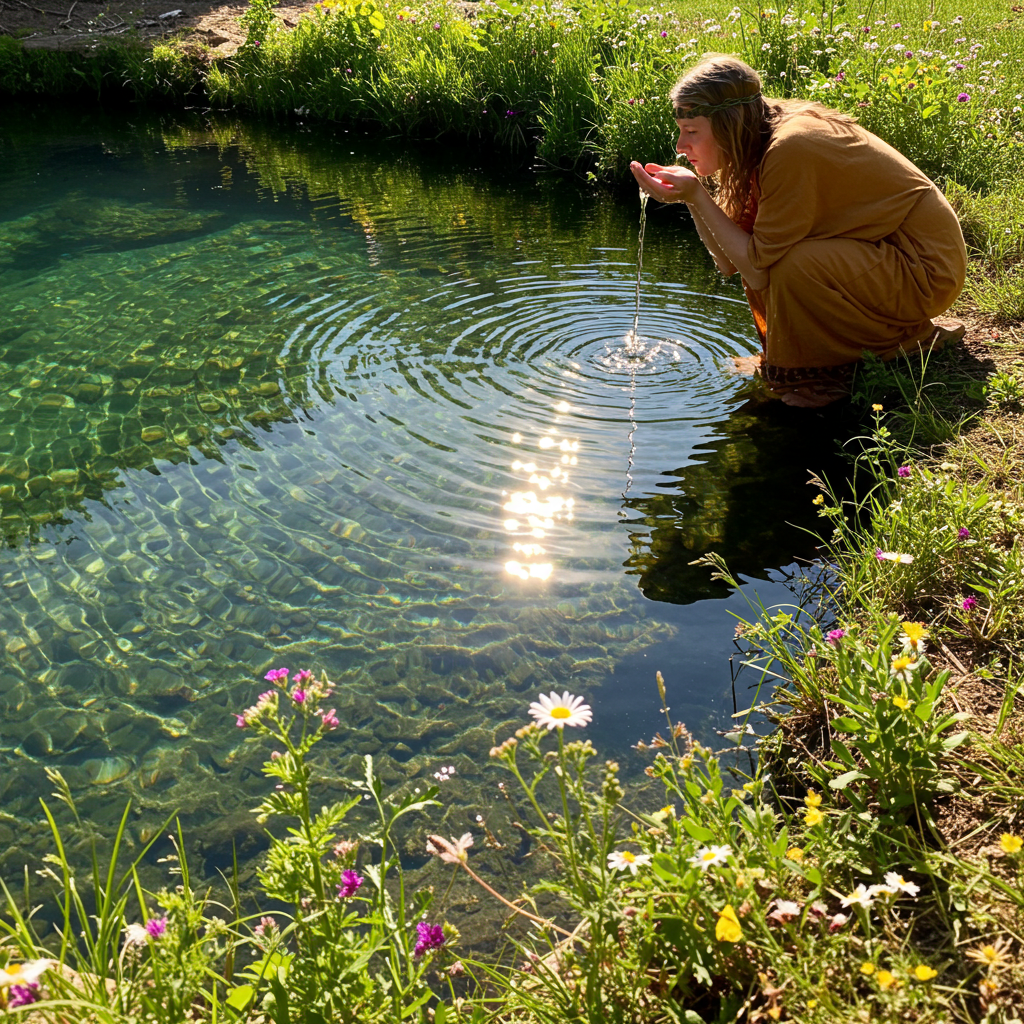According to Celtic, Germanic, and various European pagan traditions, consuming water directly from natural springs or wells—particularly at dawn or midday during the summer solstice—provides exceptional healing, protection against illness, and general vitality for the coming year. This hydrological healing supposedly works through the water’s maximized absorption of solar energy during the sun’s peak strength, combined with enhanced properties of specific minerals naturally present in these water sources. Some traditions specify additional requirements: the water must be collected in silence; specific vessels should be used; or particular prayers or invocations need accompanying the gathering and consumption.

A baby’s future career or fate is predicted by the first object they select during a ceremonial setup.
In several Asian and Eastern European cultures, a traditional ceremony is held for babies usually around their first birthday. Known


